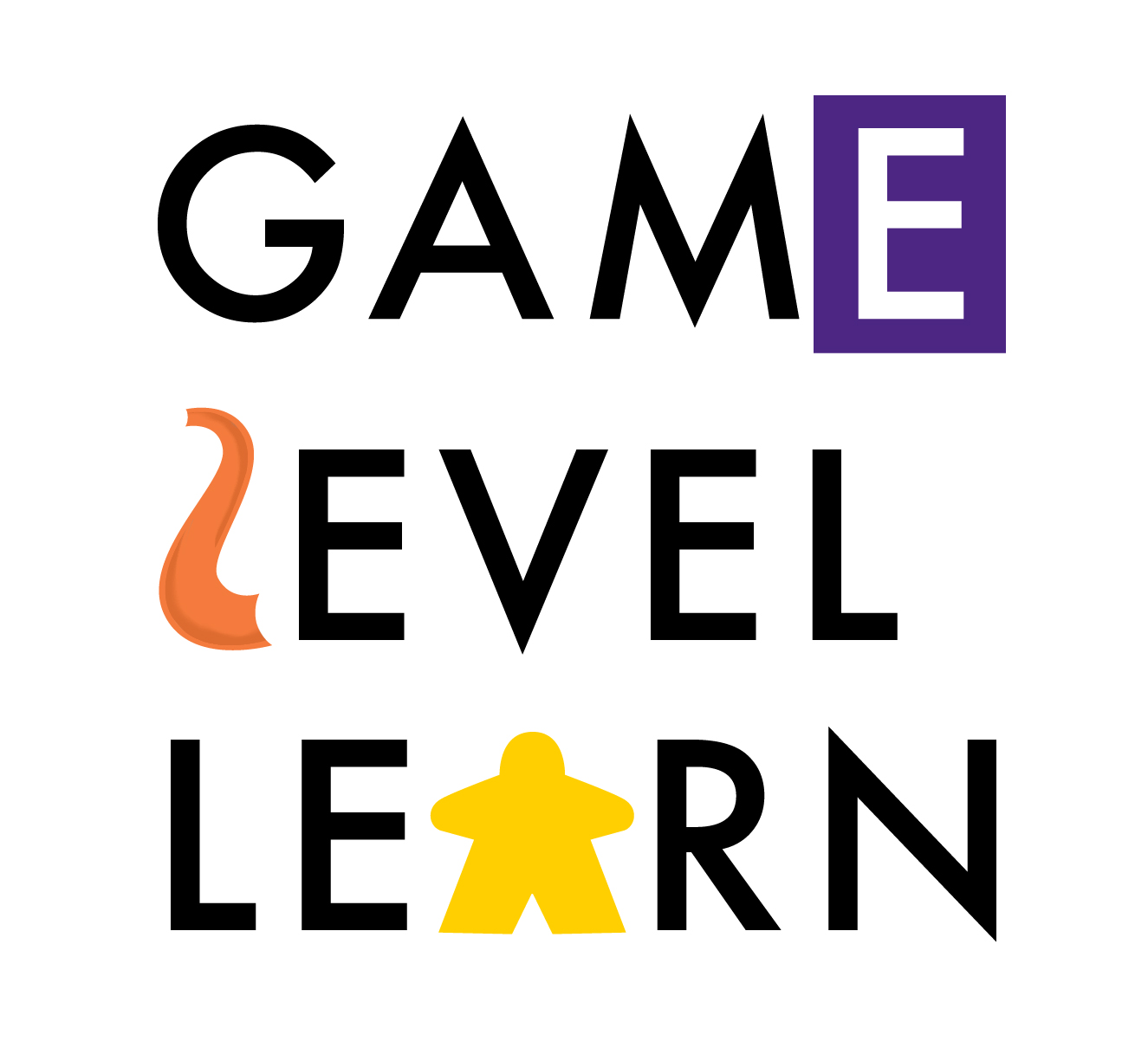Around the Classroom In 80 Games: Candidate
/It’s election year here in the US and for the next couple of weeks, I’m going to detail an assortment of board games with election themes that one might use in classroom settings. Nearly all of these games are going to work just fine in a high school setting. I don’t know of any election-themed board games that are appropriate as published for elementary school students.
The problem with election games lies in the complexity of what they’re trying to represent. Elections in the United States are vexingly complicated and long. There are intersections of questions about money, policy, character and history in play as well as sometimes significant differences region-to-region and state-to-state. These differences are quite difficult to model. As a result, games generally ignore them. This leads, unfortunately, to a situation where the game is really only modeling one aspect of the broader election experience. This isn’t necessarily bad, but it’s worth noting.
Candidate, published in 1991 by Avalon Hill, does a good job of modeling two aspects of the campaign: the importance of money and the transitory power of scandal to temporarily derail a campaign. The object of this and nearly all election games in the United States is to get to 270 electoral votes. This one is no different. It plays quickly and is pretty engaging, even though it is not a particularly thorough representation of federal election politics. It’s closer in some respects to a simulation of the primary process if the primaries were held according to the same rules that elections are held under.
I would use Candidate in the classroom:
- to give students a feel for how the money race in American politics works. Sometimes it really is a matter of simply having enough cash to hold on through rough patches and to wait for the news cycle to break against your opponents.
- to give students a very general feel of the rough-and-tumble of a campaign season. Each player has 5 cards normally to play in a particular context (there are rules by which a player gets more cards, but most players have only 5). How to manage those cards, this resources? If you blanket the campaign with scandals in the first pass, will you inadvertently create an opening for an otherwise weak opponent?
- to help students understand the relationship between lower electoral vote states and higher ones. Because this game pays no attention to issues or ideology, it’s useful to understanding electoral politics as a purely numbers game. It’s more like a primary simulator in this regard as well, as it comes closer to capturing the flavor of Barack Obama’s 2008 primary win (by cobbling together delegates from lots of smaller states).






